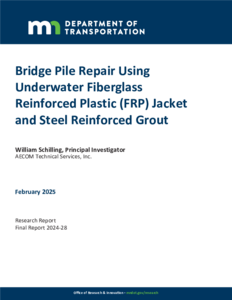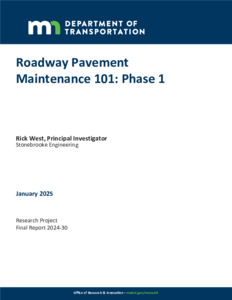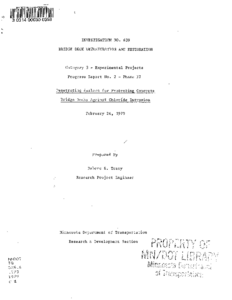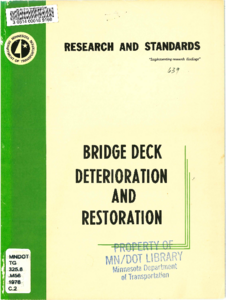Bridge Pile Repair Using Underwater Fiberglass Reinforced Plastic (FRP) Jacket and Steel Reinforced Grout
Date Created
2025-02
Report Number
2024-28
Description
Roadway Pavement Maintenance 101: Phase 1
Creator
Date Created
2025-01
Report Number
2024-30
Description









